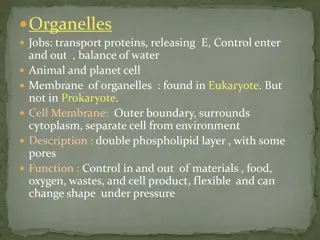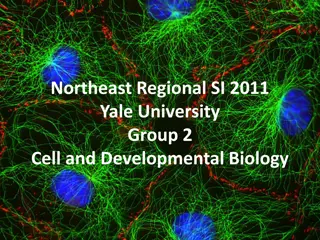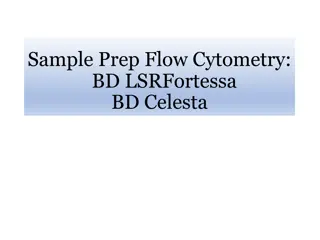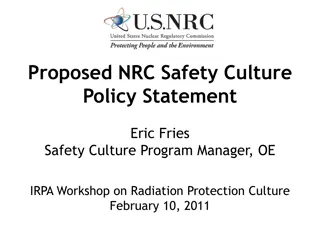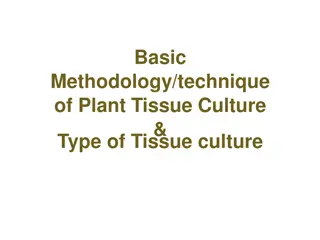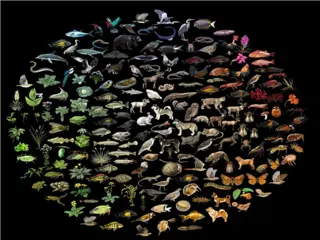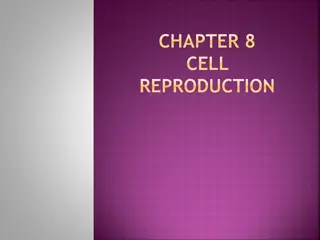An Overview of Cell Culture Techniques
Cell culture is a vital laboratory technique used in various fields of science to grow and maintain cells outside their natural environment. The process involves cell isolation, maintenance in a suitable environment, sub-culturing, and incubation in controlled conditions. Basic equipment like weighing scales and microfilters are essential for successful cell culture work.
Download Presentation

Please find below an Image/Link to download the presentation.
The content on the website is provided AS IS for your information and personal use only. It may not be sold, licensed, or shared on other websites without obtaining consent from the author. Download presentation by click this link. If you encounter any issues during the download, it is possible that the publisher has removed the file from their server.
E N D
Presentation Transcript
Content 1.Introduction 2.Types of cell culture 3.General procedure of cell culture 4.Application of cell culture 5.Reference
CELL CULTURE Growing cell in the lab
What is Cell culture ? It involves providing cells with an that mimics their native conditions, and carry out their normal function Cell Culture :- Cell culture is a fundamental tool in biological research, biomedical studies , drug development, and various other fields of science. Cell culture is a laboratory technique used to grow and maintain cells outside of their natural environment .
Heres a basic overview of the cell culture process: 1. Cell Isolation :- Cell are obtained from tissue or organisms tissues or organism and isolated using various methods ,such as mechanical dissociation , enzymatic digestion, or specialized cell sorting techniques. 2. Cell Maintenance :- Once isolated, cells need to be maintained in a suitable environment to support their growth . This environment is typically provided by a culture medium, which contains essential nutrients , growth factors , salts and other components necessary for cell survival.
Sub-culturing :- cells grow and divide, they can outgrow their space or deplete essential nutrients . To prevent overcrowding and maintain healthy cell population , cells are regularly sub-cultured by detaching them from the culture vessel and transferring them to new flasks or plates with fresh growth medium . Incubation :- Cells are placed in an incubator , which provides controlled conditions such as a temperature, humidity and CO2 levels, to mimic the natural physiological environment of the cells.
Basic equipment used in cell culture media 1.Weighing scale :- Accurate measurement of media component are crucial for consistent are result, so a digital weighing scale is used to measure the quantities of various ingredients. 2.Graduated cylinders and Beaker:- These are used to measure and mix larger volumes of liquid components, such as water, buffer solutions and reagents .
3. Microfilter or sterile Membrane:- Some cell culture components may not withstand autoclaving , so they are sterilized through microfiltration or using a sterile membrane to maintain their sterility. 4. Water Bath or CO2 Incubator :- For warming the media or maintaining it at a specific temperature , a water bath or CO2 incubator is used.
5.Magnetic Stirrer or Shaker :- These are used to mix the components thoroughly and to dissolve the powdered components effectively. . 6.Autoclave or sterilizer :- The cell culture media ,especially if it contains heat sensitive components , needs to be sterilized to prevent contamination .
3.pH Meter :- To ensure the proper pH of the cell culture media , a pH meter is used to measure and adjust the acidity or alkalinity as required .
Various types of cell culture 1.Adherent cell culture 2.Suspension cell culture 3.Primary cell culture 4. Cell line cell culture AND 5.Other
Application of cell culture
















